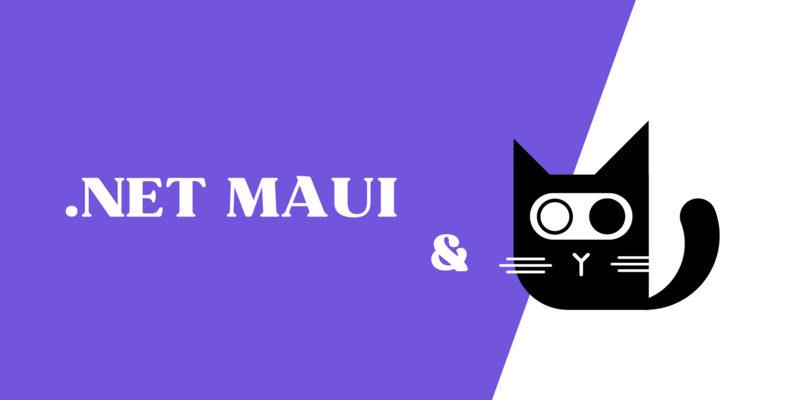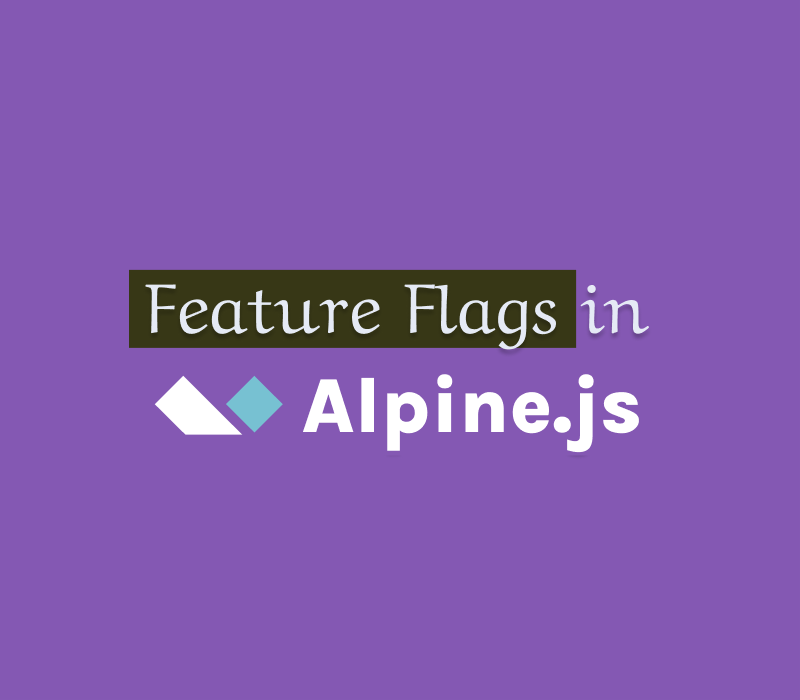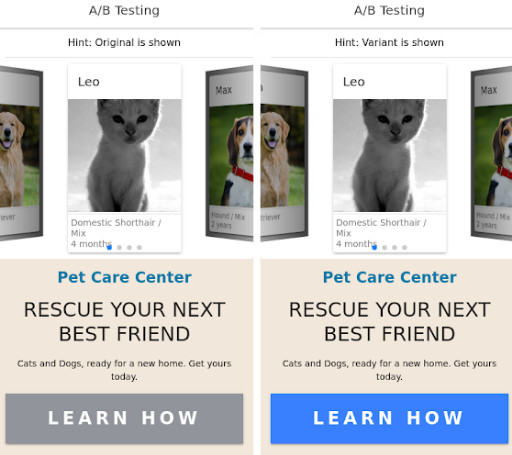How to use Feature Flags in a .NET MAUI Application
In the ever-changing world of programming, it can be difficult to keep up to date with all the latest technologies and frameworks. There's always something newer and cooler that you simply must try.
In this article, I'll guide you through the process of dipping your toes into the .NET MAUI framework and incorporating feature flags along the way. If you're already a seasoned .NET developer, this tutorial might reveal a couple of things you didn't know about feature flags, so don't hesitate to read on.
















